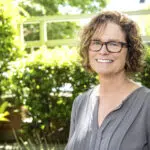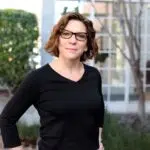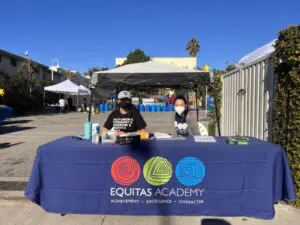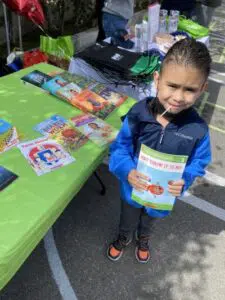I had the opportunity to host a group of 15 college students interning with Construction Industry Workforce Initiative (CIWI). Students represented colleges from throughout Northern California, including San Jose State, San Francisco State, Sacramento State, UC Davis, and UC Merced. We visited Blanca Alvarado and Jose Hernandez Schools, which are two K-8 Alpha Public Schools co-located on an Alum Rock Union School District site in San Jose. They are finishing up Phase II construction that will add an additional 90 seats in three modular classrooms. I asked the students a few questions about the day.
- Why did you decide to participate in the CIWI program this summer?
- CIWI is one of the few programs open to students in the first two years of college.
- CIWI represents diversity and that is something I was looking for in a program.
- I wanted to gain real world experience and better understand what it takes to make a project happen.
- How do you see yourself using your CIWI experience this summer?
- The practical experience helps me better understand my education.
- It helps me in career decisions.
- I want to participate in more practical programs.
- Are you interested in pursuing a career in construction, engineering, or a related field?
- Finance and Estimating
- Mechanical Engineering
- Environmental Engineering
- Civil Engineering
- Architecture
- Construction Management
- What was the highlight of your experience today?
- Learning what it takes to make a project happen from inception through construction.
- I did not realize how many steps it takes or how long it takes to develop, design, process, fund, and construct a project.




 Anything else you would like to add?
Anything else you would like to add?
